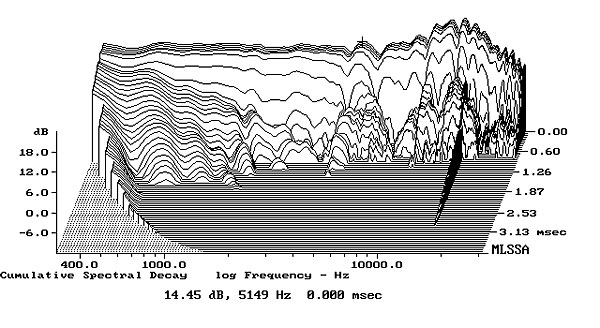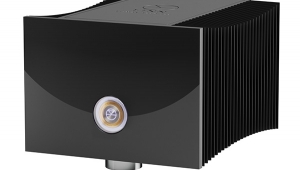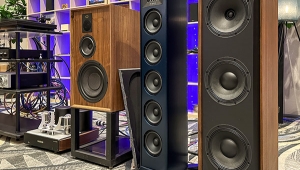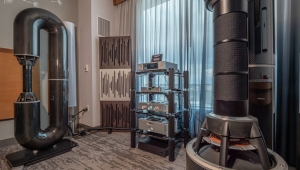| Columns Retired Columns & Blogs |
I have read a number of comments from listeners/reviewers who found the dispersion of the High-Velocity Folded Ribbon tweeter (HVFR) to be quite limited. CNET observed " I did note some treble softening when I stood up; so it appears that the tweeter's vertical dispersion is limited."
You have the same problem "the tweeter axes fired somewhat over my head."
I am surprise that a 5K speaker have such limitation; a poorly design choice.












































